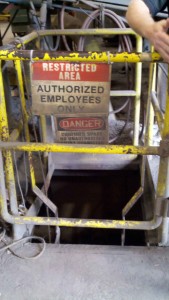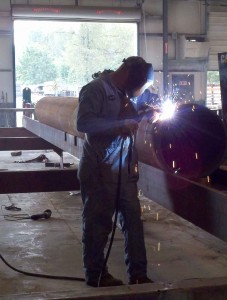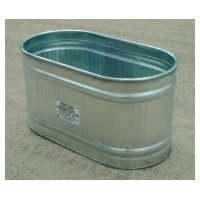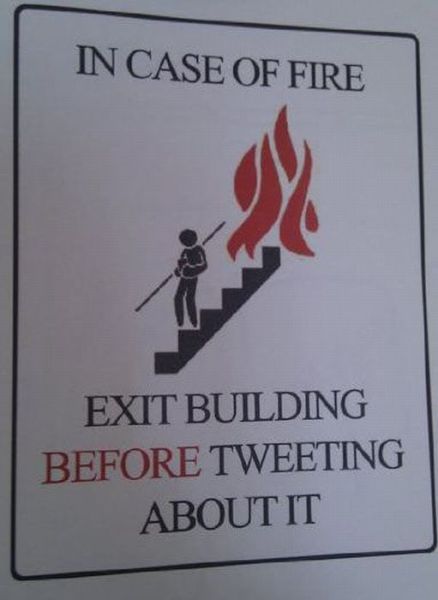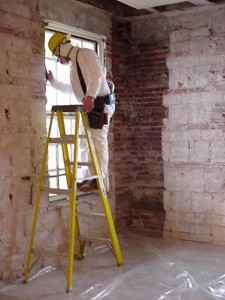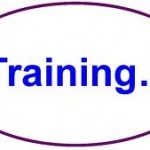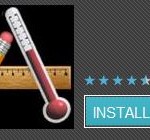Tue 6 Dec 2011
Air Sampling During Lead-Work in Construction
Posted by admin under Admin Controls, Air Monitoring, Engineering Controls, Lead, Management, Training
Comments Off on Air Sampling During Lead-Work in Construction
I recently heard a very good summary of when (or alternatively when-you-DON’T) need to perform air monitoring when working with lead in construction.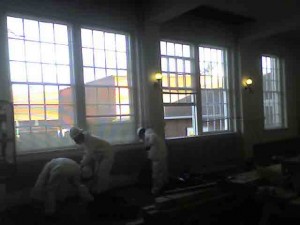
Is there leaded-paint (lead based paint) in your project?
- Then you MUST comply with the OSHA lead in construction rules.
On what occasion do I NOT have to perform air monitoring?
- if you don’t have lead (see the first question)
- if you want to provide the minimum required protection for all of your exposed employees (respirators, blood lead monitoring, etc. etc.)
- if you have historical air monitoring data (from another project) that supports the methods you are using
Otherwise (in summary):
- Take a bulk sample of the paint
- Set up all engineering & administrative controls for controlling dust
- Train your employees
- Perform air monitoring during the FIRST day of actual work
- Continue with all controls through the project
- Notify everyone onsite of results
- Require that all subcontractor do the same process
